Situated astride the Rajpath in New Delhi, India Gate is a memorial constructed for 82,000 soldiers of Indian Army who died in 1914-21 in the First World War. The names of 13, 300 servicemen are written on this 42m high gate. In 1971, an additional memorial – Amar JawanJyoti was introduced after the Indo-Pak war in the memory of Indian soldiers.
India Gate’s architectural style is similar to Arch of Constantine and is often compared with Gateway of India (Mumbai) and Arc de Triomphe in Paris. It is also known as ‘All India War Memorial’ and was designed by Sir Edwin Lutyens. Its foundation stone was laid by Duke of Connaught on 10th February, 1921.
Its low base is made up of red Bharatpur stones and rest of the arch is made up of light brown Bharatpur stones. The gate has domed bowl at the top which was constructed to be filled with burning oil (on anniversaries only), but it is rarely done.
India Gate is illuminated every evening from 19:00 to 21:30 and fountains nearby make a picturesque scene. This hexagon complex has diameter of 625 meters and covers 306, 000 m2 area. Additionally, it is surrounded by large green lawns and is a popular picnic spot.


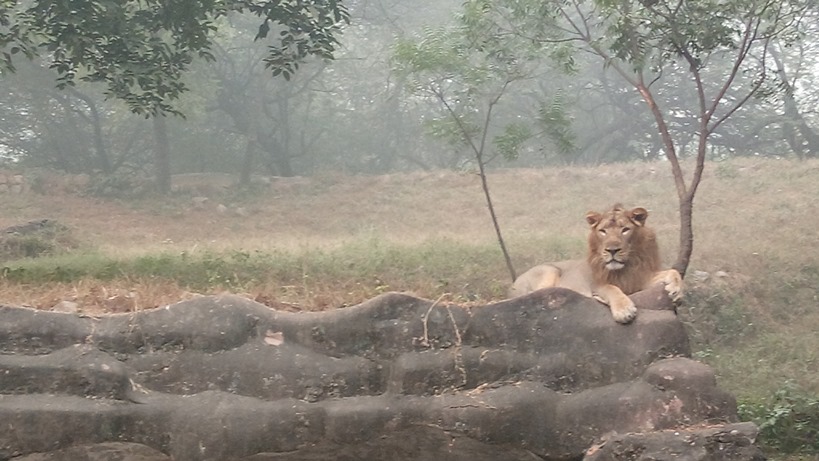
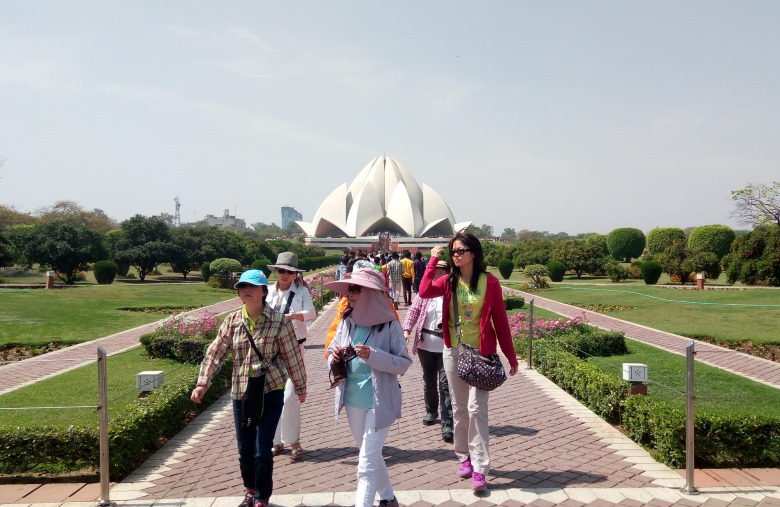
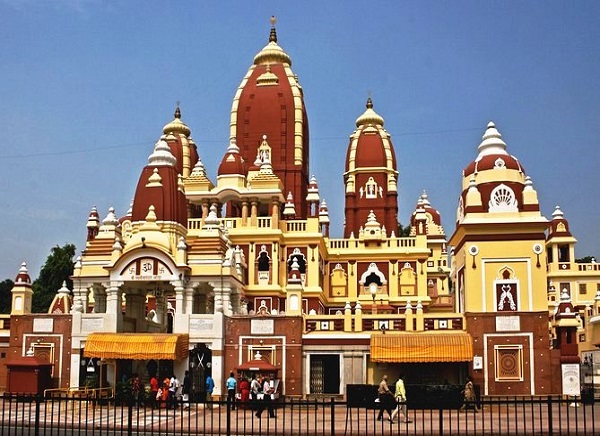
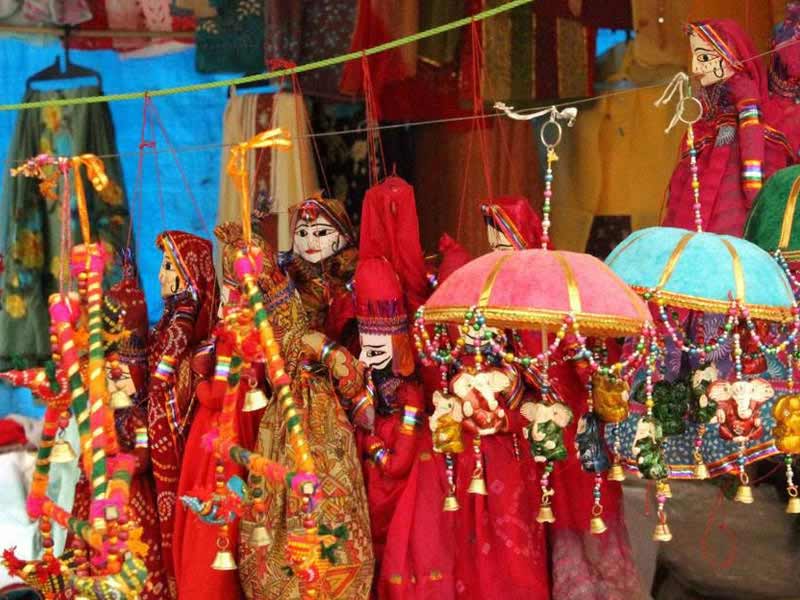
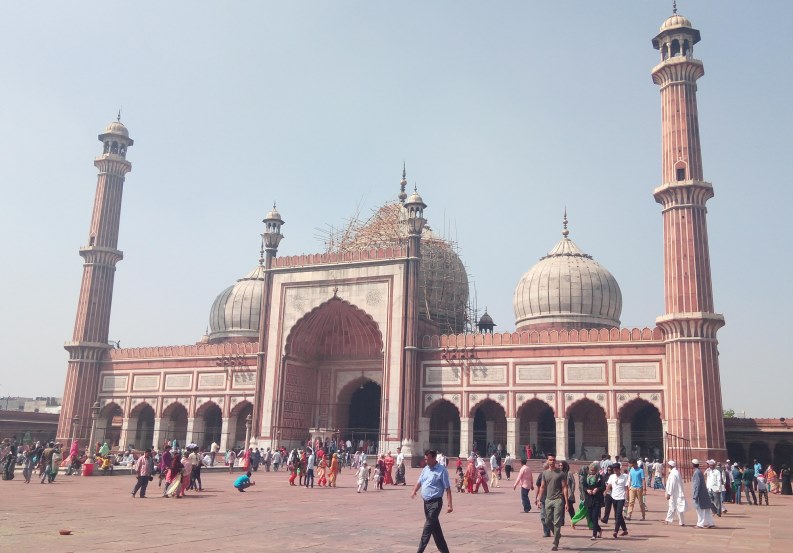
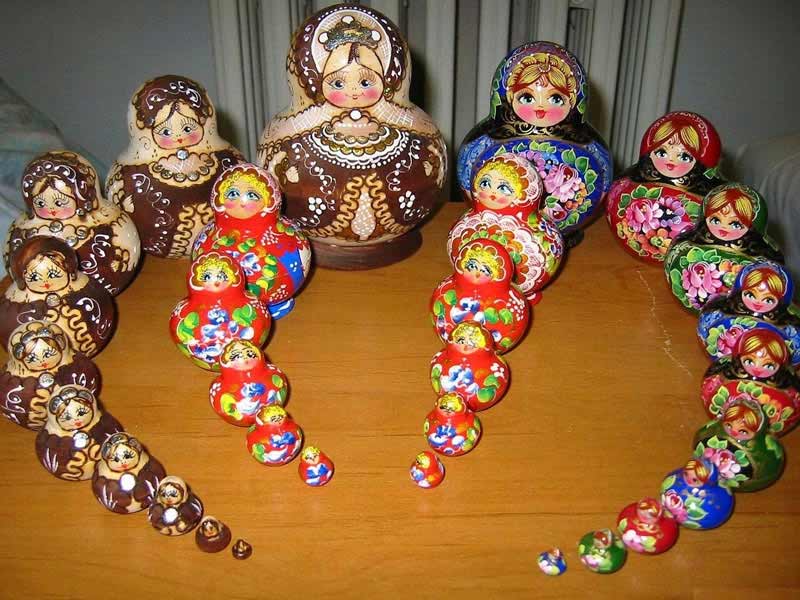
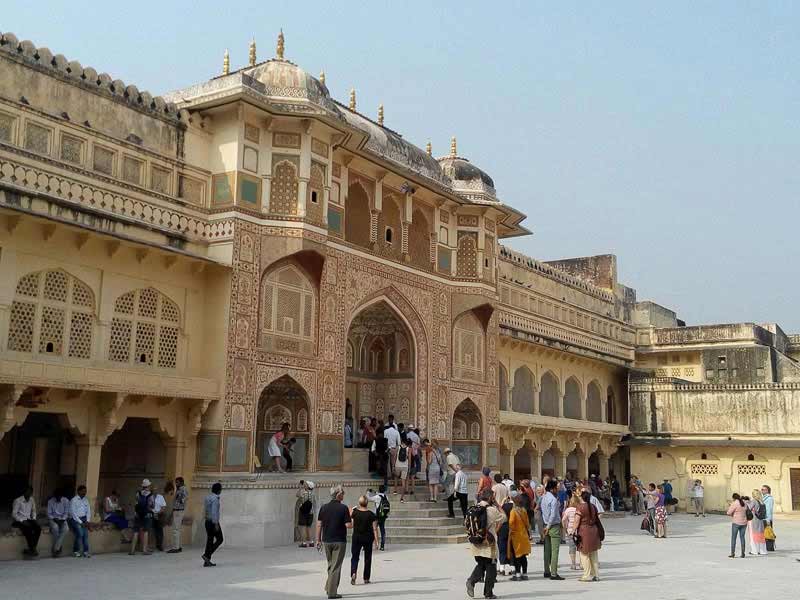
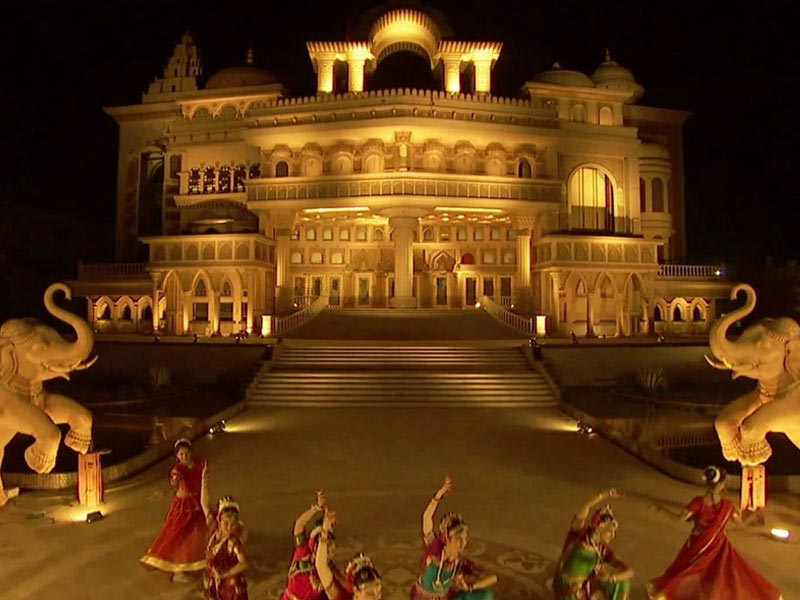
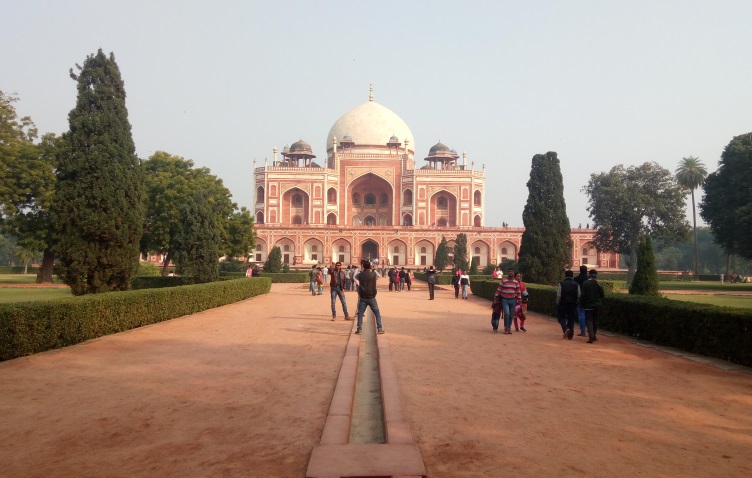
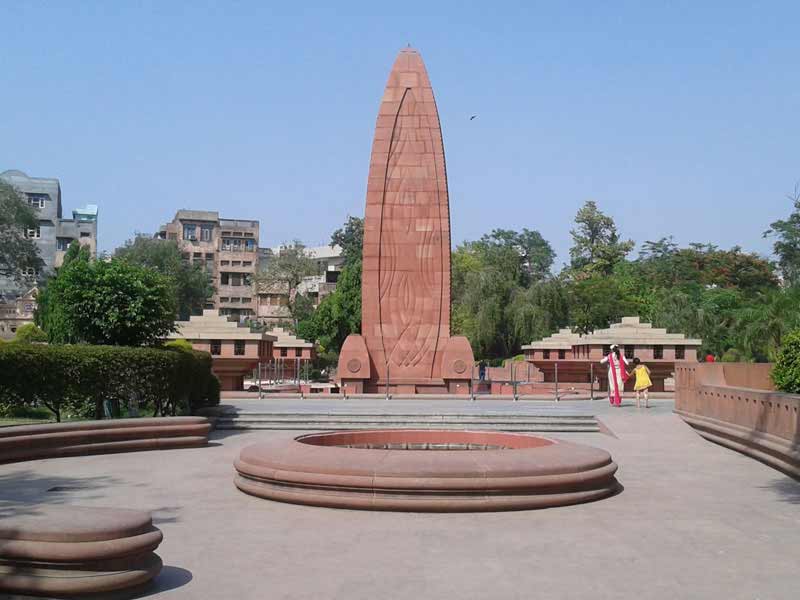
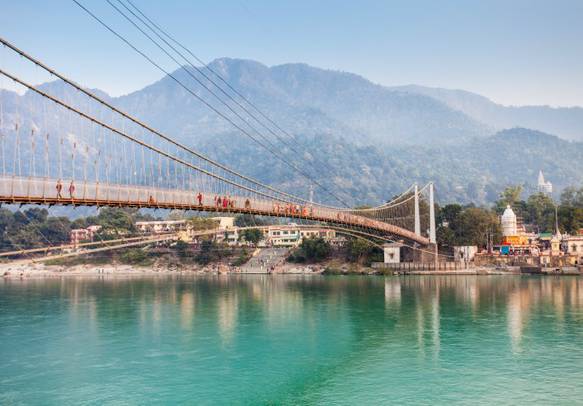

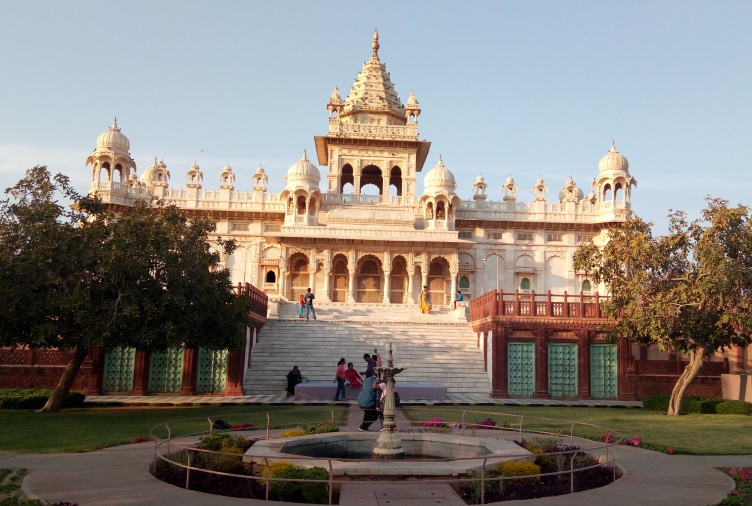
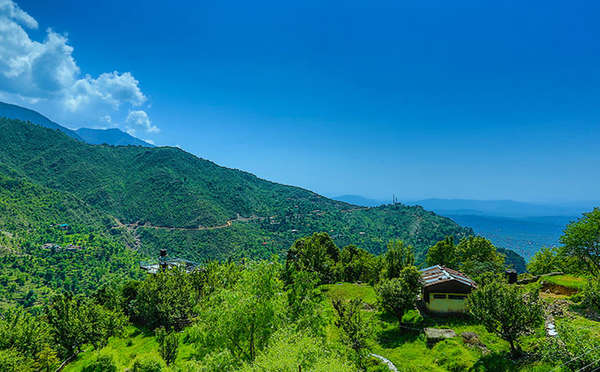
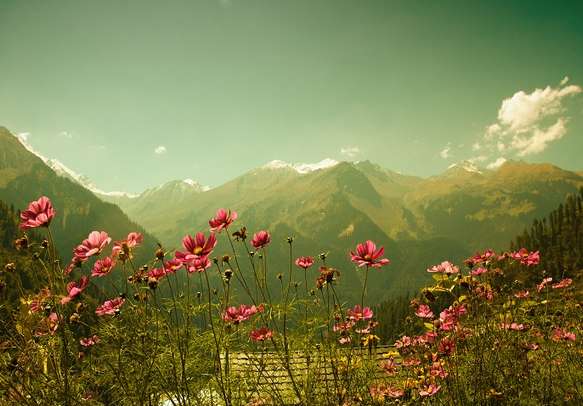

 +91-7303039611
+91-7303039611